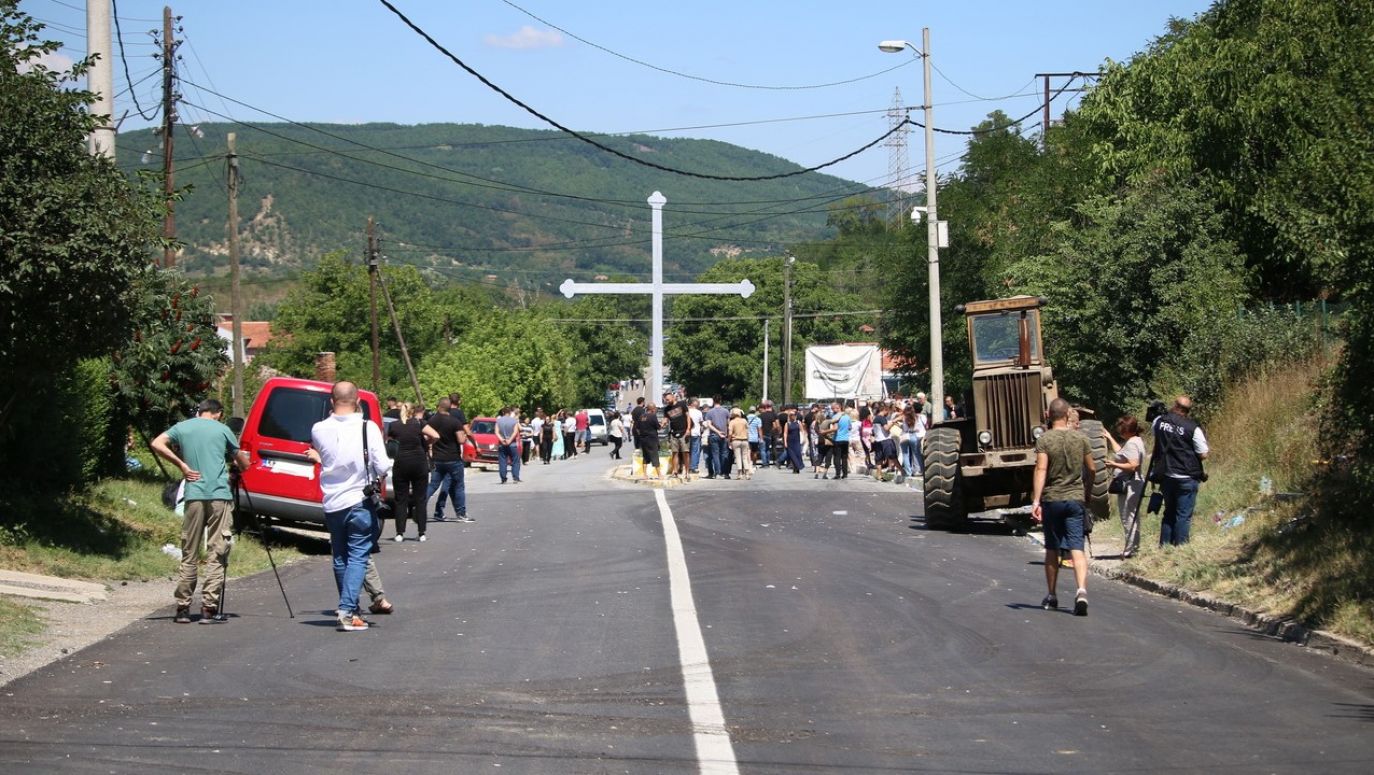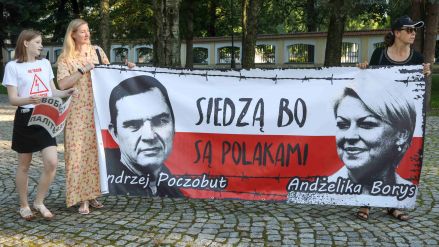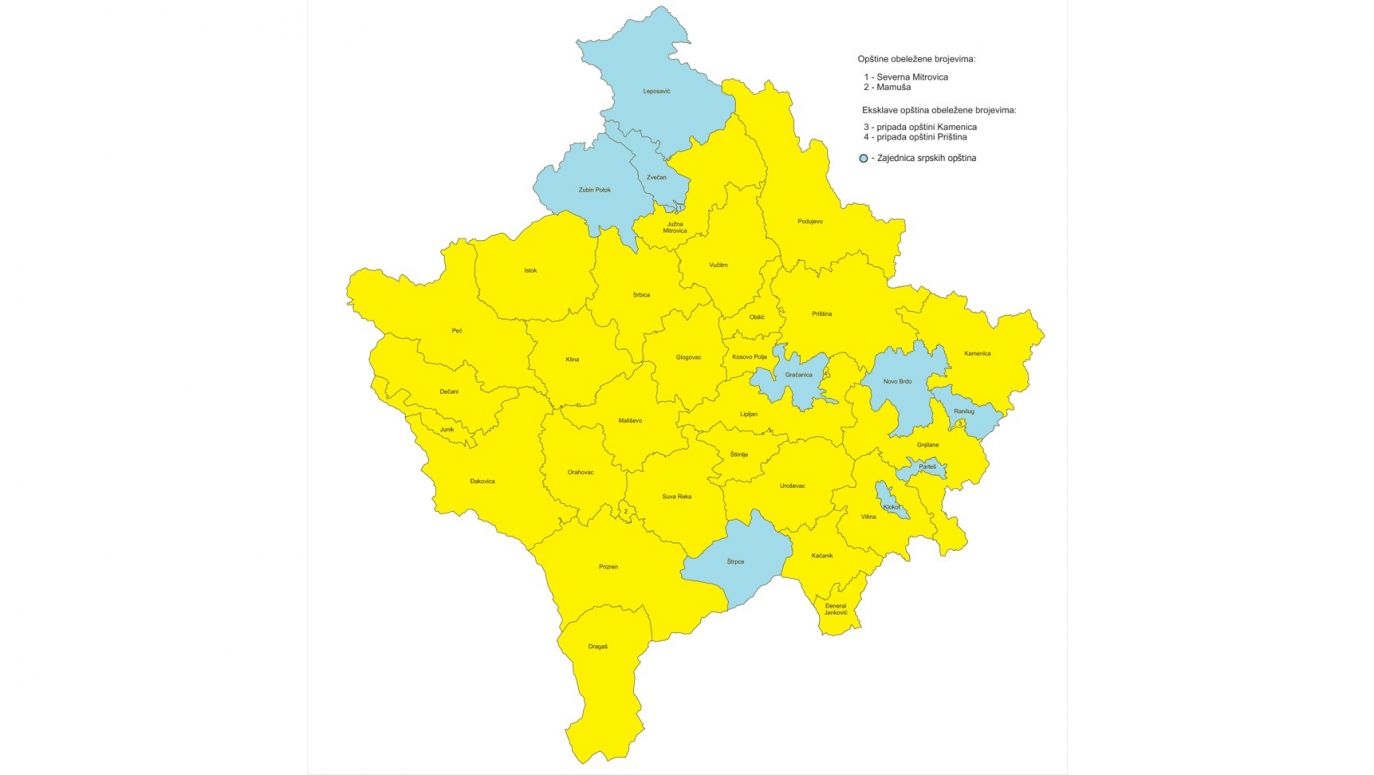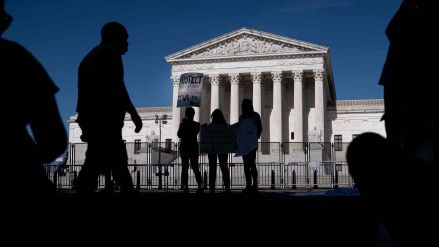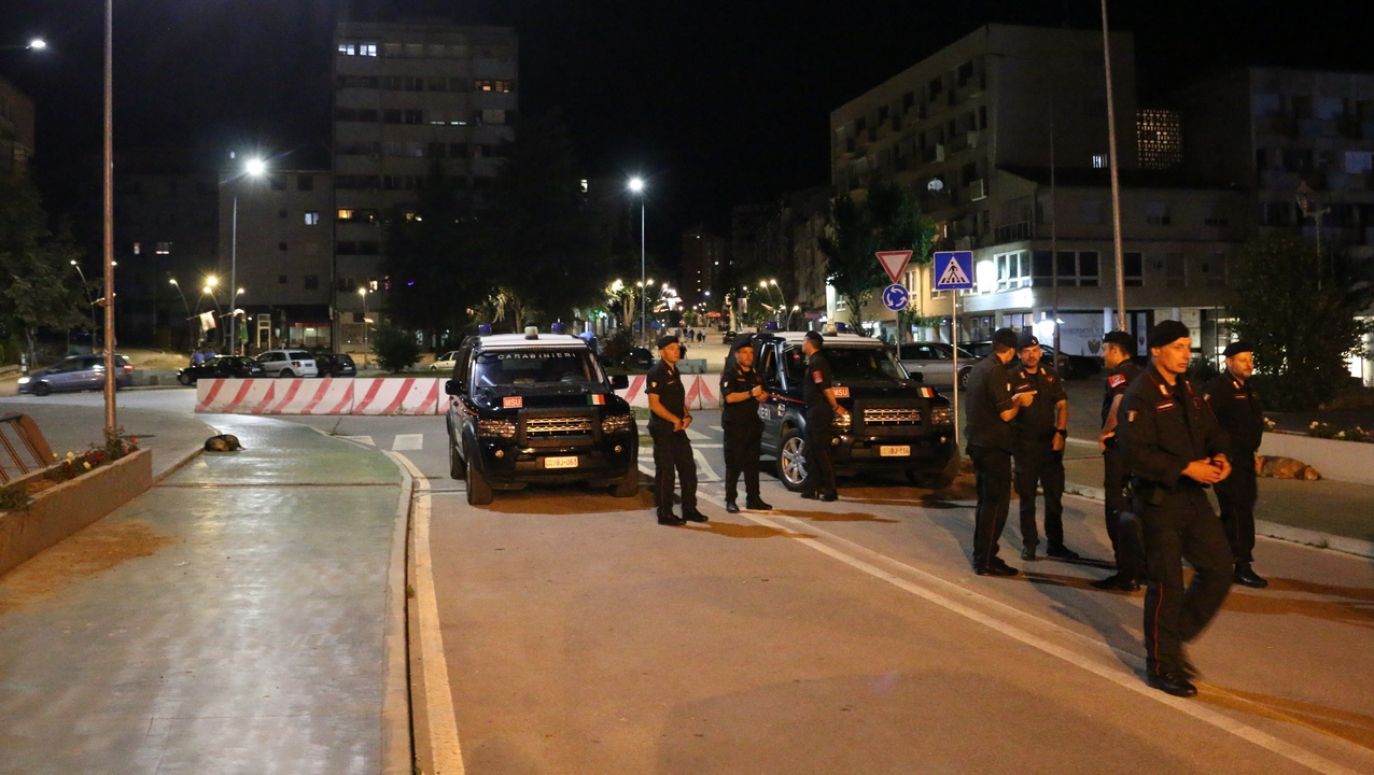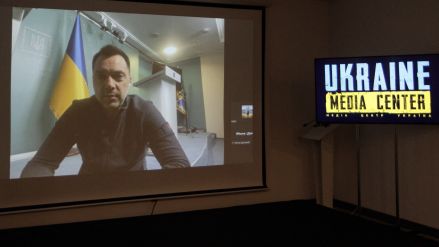War reporters and TV crews, who had already begun to be pulled from their vacations, had not had time to start packing for good when the alert was called off. Border crossings between Kosovo and Serbia have been opened again, mysterious gunshots during the night have subsided, the head of EU diplomacy stressed on Twitter that “open issues should be resolved through EU-supported dialogue”. There was even a prospect of talks between Kosovo and Serbian representatives in mid-August that are as ritualistic as they are routine.
If one looks at the events of August 1 and 2 from the perspective of a week, one can even consider that the elation or, to put it more fashionably,
hype of both sides was downright grotesquely incongruous with reality. Naples is not that far from Priština and Belgrade, the elation we used to associate with Italian opera can easily be observed on a Balkan street as well.
Dejan’s abduction
Indeed, on the afternoon of Monday, August 1, news of “barricades” and “closed border crossings” gave way to chilling news of the abduction (or rather, as Serbian media reported: ABDUCTION) of the driver of the Serbian sanitation column’s transport vehicle, Dejan Spahić.
– I confirm all the information. The driver of the sanitation vehicle serving our Central Health Center, Dejan Spahić, was abducted. We lost track after ROSA (Kosovo police special units – ed.) stopped him in the town of Rudar. He was abducted in an unknown direction – Dr Zlatan Elek, director of the health centre in Kosovska Mitrovica, reported on television in a slightly trembling voice.
 SIGN UP TO OUR PAGE
SIGN UP TO OUR PAGE 
And while the subsequent details coming from Dr Elek’s mouth showed the rather quiet daily life of the province during the summer (“like every day, he carried a supply of medicines and IVs from the Health Centre in Lešak to Mitrovica”), the driver, Dejan, was promoted from van driver to “ambulance driver” and then to “emergency worker” within a dozen minutes. The director of the Chancellery for Kosovo and Metohija, the Belgrade “super-ministry” dealing with Serbs in Kosovo, Petar Petković did not fail to call it an “act of terror” and considered it “proof that the authorities in Priština are striking not only at the subjectivity of Serbs, but at the institutions that serve to save their lives”. The Serbian media also reported at a cracking pace that Dehan Spahić had been abducted at the personal (“PERSONAL”) request of Kosovo Prime Minister Albin Kurti.
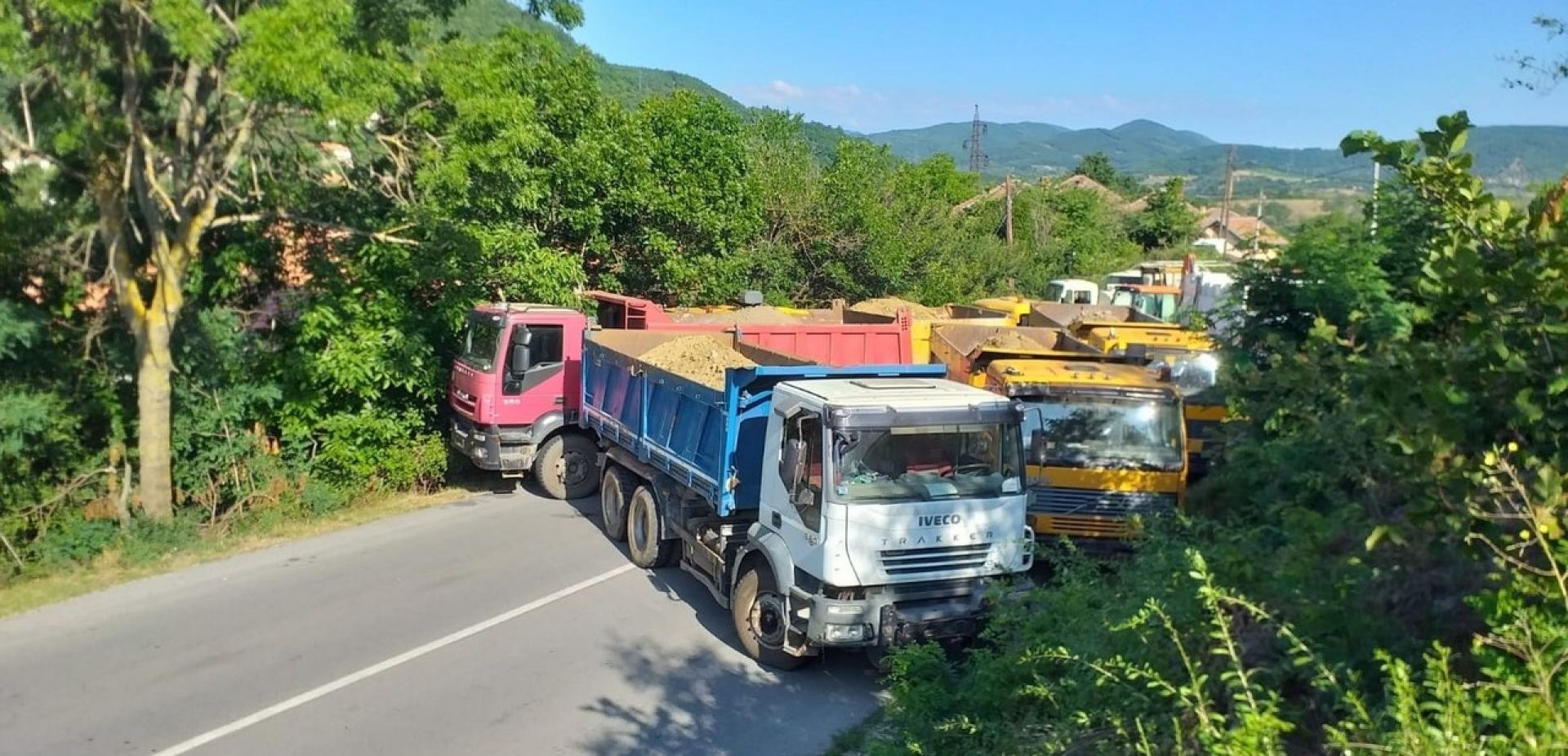
 SIGN UP TO OUR PAGE
SIGN UP TO OUR PAGE 
